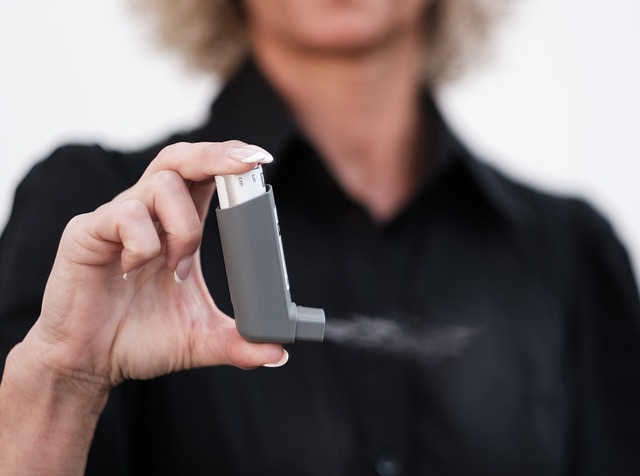A new study has highlighted that the very devices used to treat respiratory conditions may be inadvertently fueling climate change. Metered-dose inhalers, commonly used by patients with asthma and chronic obstructive pulmonary disease (COPD), release propellants known as hydrofluoroalkanes (HFAs). While the medication itself is safe, these HFAs trap heat in the atmosphere with a warming potential thousands of times stronger than carbon dioxide.
In the United States, approximately 34 million people live with chronic lung diseases, including 28 million with asthma, a number expected to rise as climate change worsens conditions like droughts, wildfires, and floods that trigger breathing difficulties. According to studies published in the journal JAMA, emissions from inhalers contribute as much climate pollution annually as driving over half a million cars or powering 470,000 homes for a year.
Researchers found that metered-dose inhalers account for 98% of the pollution linked to inhalers. “These tiny devices might seem insignificant, but their environmental impact is considerable,” said Dr. William Feldman, a pulmonologist and co-author of one of the studies. “Fortunately, alternatives are available, making this a low-hanging opportunity to reduce emissions without compromising care.”
Alternatives and the Path to Lower Emissions
The research also underscores that some patients could switch to dry-powder inhalers, which do not rely on HFAs and therefore release fewer greenhouse gases. For example, the U.S. Veterans Administration has shifted to dry-powder inhalers, reducing climate-impacting emissions by more than 68% between 2008 and 2023.
However, dry-powder inhalers are not universally suitable. Young children often require spacers to inhale medication effectively, and older or frail patients may not generate sufficient force to use powder-based inhalers. Cost is another factor, as generic HFA inhalers tend to be cheaper, while many insurance plans do not cover dry-powder versions. Additionally, the U.S. market has fewer dry-powder options than Europe, where some inhalers combine fast-acting relief with anti-inflammatory properties.
Despite these challenges, experts believe transitioning patients where possible could be one of the most effective ways for the health sector to reduce carbon emissions. “Most patients have viable alternatives, and there’s a clear path to reform without sacrificing care,” write Drs. Alexander Rabin, Jyothi Tirumalasetty, and Stephanie Maximous in an editorial accompanying the studies.
Advocates also emphasize that while inhalers contribute a smaller share of greenhouse gases compared to transportation, agriculture, or power generation, every reduction counts. Kate Bender, vice president of advocacy at the American Lung Association, noted that patients should not change inhalers unless medically appropriate. “The priority is maintaining access to effective treatment while moving toward a future with more environmentally friendly inhalers,” she said.
Dr. Feldman echoed the sentiment: “Even though inhalers are a minor contributor to overall climate change, the cumulative impact matters. Health care providers and patients can play a role in minimizing emissions while ensuring safe and effective respiratory care.”




